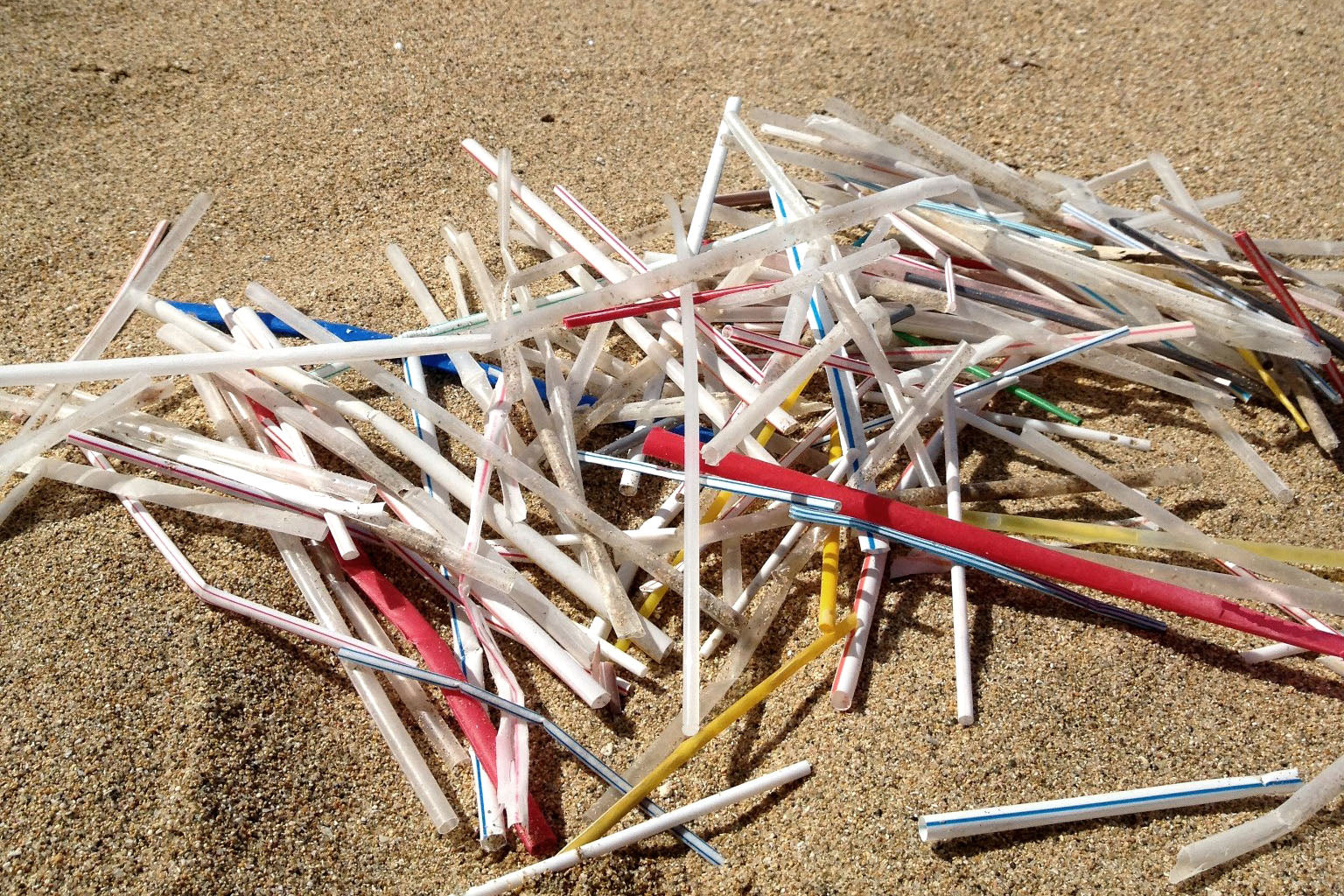Why You Should Skip Plastic Straws and Opt For Sustainability

Although plastic products were readily available to consumers as early as the 1950s, the biggest growth in plastic—and thus, plastic waste—has only been observed in the last 20 years.
Plastic made up less than 1% of our trash in the 1960s but climbed to 10% by 2005, according to a groundbreaking investigation into the manufacture of plastic.
Concern over the quantity of single-use plastic items entering our daily lives has risen in recent years. One of these is the billions of plastic drinking straws that are distributed annually at cafés, restaurants, and with takeout food.
This article will discuss the four primary ways that plastic straws damage the ecosystem, focusing on how they affect our seas and marine life and where to find sustainable homeware like straws instead.
It Can Be Challenging to Recycle Plastic Straws
Plastic straws do not degrade and are quite difficult to recycle after use. Less than 9% of the 8,300 million metric tons of plastic ever created have been recycled. Type 5 plastics, recycled much less frequently, include polypropylene straws.
As a result, customers have trouble finding straw recycling companies, and local councils or authorities refuse to pick them up at the curb. Plastic straws can be recycled, but because of their size and weight, they are often separated at automated recycling plants and discarded, although they can be recycled.
Plastic Straws Will Not Decompose
Why are plastic drinking straws bad for the environment? The first issue is that the polypropylene used to make most single-use plastic straws is not biodegradable, in contrast to natural materials like paper, wood, or cotton.
This ensures that tiny animals like germs or insects can't eat and degrade plastic straws once thrown away.
The straws will only decompose over 200 years, breaking down into increasingly minute pieces known as microplastics.
As the plastic breaks down, a dangerous chemical known as bisphenol A (BPA), which has been linked to health issues and environmental devastation, is released.
This is why everyone should pick sustainable homewares instead.
Plastic Straws Contaminate Our Oceans and Streams
Plastic straws should not be disposed of in landfills where they will eventually decompose because doing so is not environmentally beneficial.
Nevertheless, the reality is that used plastic straws commonly end up in our seas, which is a much worse situation.
1.15-2.41 tons of the 8 million tons of plastic expected to enter the ocean annually are thought to be transported by the world's major rivers.
Particularly likely to enter our rivers are plastic straws. The sixth most common item discovered during a big beach clean-up was straws, which comprise a sizable portion of beach litter.
Due to their size and lightweight, plastic straws are frequently blown out of trash cans, refuse trucks, and landfills by the wind. Then they may easily locate streams and be transported into the ocean.
Finally, straws can be consumed by birds that scavenge at landfills and other small plastic things. The straws remain in the bird's stomach until death because they do not break down.
Plastic Straw Use Is Bad For Marine Life
If there is this much plastic garbage entering our oceans, the marine and coastal organisms that live in the sea and its environs will suffer. A minimum of 100,000 marine mammals are killed yearly by plastic waste, which is also considered to harm 800 other species.
Due to their small size, which makes it simpler for larger fish, mammals, and birds to consume them, plastic straws that wind up in the water represent a special risk to wildlife.
By 2050, 99% of species may be harmed; even if the effects of plastic straws alone cannot be determined, it is predicted that 90% of seabirds have consumed some plastic from the ocean.
A marine bird or mammal that consumes a large amount of plastic could starve to death since it won't be encouraged to hunt for other food to keep it alive once it feels the weight of the plastic in its stomach.
As was previously said, plastic straws break down into minute pieces over time, making them considerably simpler for fish to ingest. This is how plastic is truly getting into the food chain and might even get to human consumption. More research is needed to determine how widespread these microplastics are and whether this may have more detrimental effects on health.
Conclusion
Plastic straws are harmful to the environment for a variety of reasons. They are made from non-renewable resources, are difficult to recycle, and can end up in the ocean, hurting marine life. You can help the environment by avoiding plastic straws and using ethical homewares and reusable straws instead.
To help you shop thoughtfully and sustainably, we at The Living Co. are an eco-friendly store that sells premium, low-waste, plastic-free, organic food and natural cleaning goods. Buy sustainable homewares today!



Comments